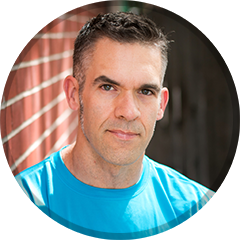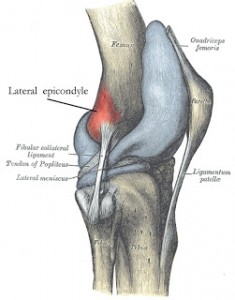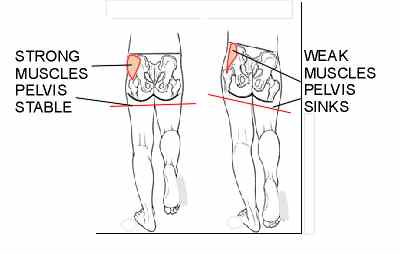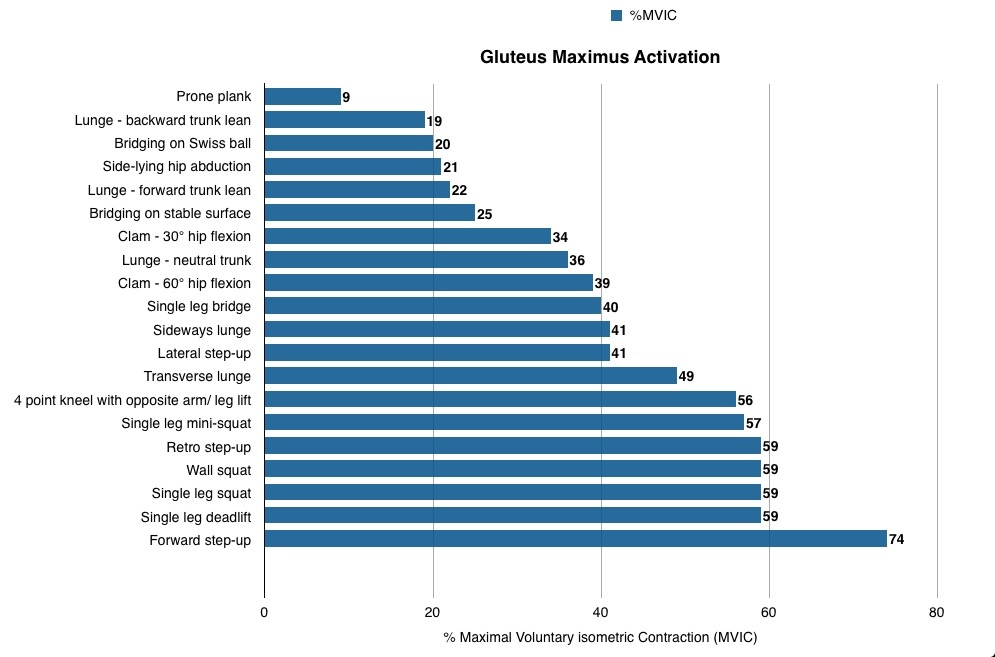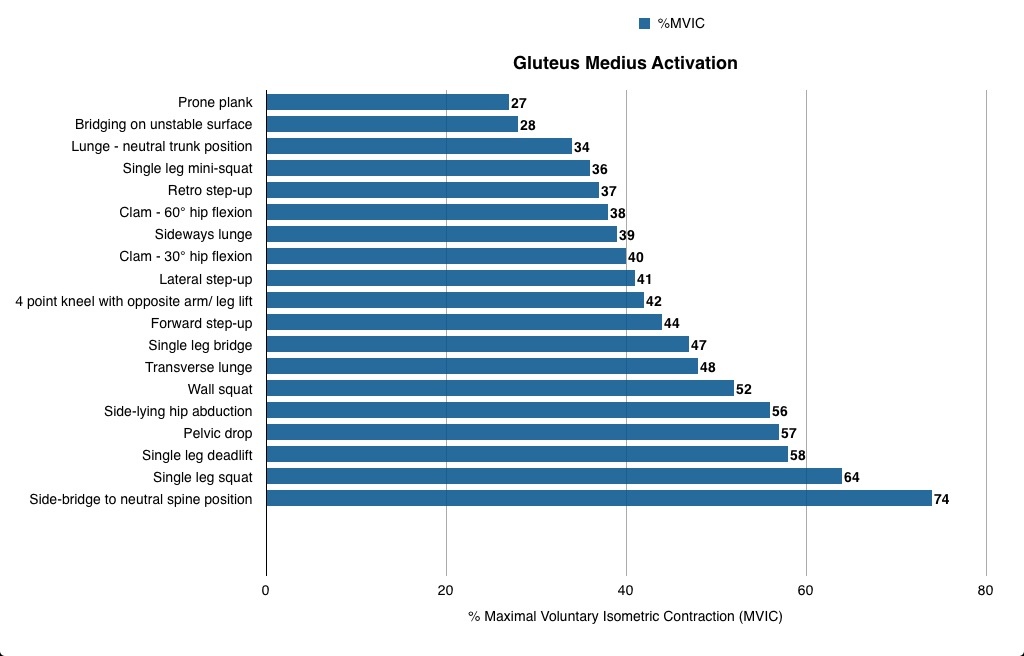There are several interesting things out there to check out. Here are a few:
The New Yorker on Dr. Oz
Scientists often argue that, if alternative medicine proves effective through experimental research, it should no longer be considered alternative; at that point, it becomes medicine. By freely mixing alternatives with proven therapies, Dr. Oz makes it nearly impossible for the viewer of his show to assess the impact of either; the process just diminishes the value of science.
– the New Yorker
Dr. Mehmet Oz is hugely popular. I don’t know how many people watch his show but it’s a lot. We all know who he is. He’s a Harvard- and University of Pennsylvania-trained heart surgeon and he directs Columbia Hospital’s Cardiovascular Institute and Integrative Medicine Program. He knows a few things. An article in the New Yorker titled The Operator: Is the most trusted doctor in America doing more harm than good? takes Dr. Oz to task for perhaps crossing a line from science and good doctoring to entertainment.
I agree with a lot of what the article suggests. He seems to veer from scientific-based factual information into entertaining yet scientifically questionable material. He’s had psychics on his show and he often discusses “miracle cures,” and “breakthrough fat-burning this-and-that.” I haven’t seen much of him but what I do see and hear sounds very sensational. He seems to promise miracles to desperate people. Sounds a little kooky to me. From the article:
“The Dr. Oz Show” frequently focuses on essential health issues: the proper ways to eat, relax, exercise, and sleep, and how to maintain a healthy heart. Much of the advice Oz offers is sensible, and is rooted solidly in scientific literature. That is why the rest of what he does is so hard to understand. Oz is an experienced surgeon, yet almost daily he employs words that serious scientists shun, like “startling,” “breakthrough,” “radical,” “revolutionary,” and “miracle.” There are miracle drinks and miracle meal plans and miracles to stop aging and miracles to fight fat. Last year, Oz broadcast a show on whether it was possible to “repair” gay people (“From Gay to Straight? The Controversial Therapy”), despite the fact that Robert L. Spitzer, the doctor who is best known for a study of gay-reparation therapy, had recanted. (Spitzer last year apologized to “any gay person who wasted time and energy” on what he conceded were “unproven claims.”) Oz introduced a show on the safety of genetically modified foods by saying, “A new report claims they can damage your health and even cause cancer.” He also broadcast an episode on whether the apple juice consumed daily by millions of American children contains dangerous levels of arsenic. “Some of the best-known brands in America have arsenic in their apple juice,” he said at the outset, “and today we are naming names.” In each of those instances, and in many others, Oz has been criticized by scientists for relying on flimsy or incomplete data, distorting the results, and wielding his vast influence in ways that threaten the health of anyone who watches the show. Last year, almost as soon as that G.M.O. report was published, in France, it was thoroughly discredited by scores of researchers on both sides of the Atlantic.
Dr. Eric Rose was interviewed for the article. Rose is a professor of surgery at the Mount Sinai medical school. Rose and Oz worked together, most notably on Frank Torre’s 1996 heart transplant. (Frank Torre is the brother of former Yankee manager Joe Torre.) He said this:
“I want to stress that Mehmet is a fine surgeon,” Rose said, as he did more than once during our conversation. “He is intellectually unbelievably gifted. But I think if there is any criticism you can apply to some of the stuff he talks about it is that there is no hierarchy of evidence. There rarely is with the alternatives. They have acquired a market, and that drives so much. At times, I think Mehmet does feed into that.”
I asked if he would place his confidence in a heart surgeon, no matter how gifted, who operated just once a week, as Oz does. “Well,” he replied, “in general you want a surgeon who lives and breathes his job, somebody who is above all devoted to that.” Again he mentioned Oz’s experience, but when I asked if he would send a patient to Oz for an operation, he looked uncomfortable. “No,” he said. “I wouldn’t. In many respects, Mehmet is now an entertainer. And he’s great at it. People learn a lot, and it can be meaningful in their lives. But that is a different job. In medicine, your baseline need has to be for a level of evidence that can lead to your conclusions. I don’t know how else you do it. Sometimes Mehmet will entertain wacky ideas—particularly if they are wacky and have entertainment value.”
And there is this observation from researcher Eric Topol:
“Mehmet is a kind of modern evangelist,” Eric Topol said when I called him at the Scripps Research Institute, where he is a professor of genomics and the director of the Translational Science Institute. Topol, one of the nation’s most prominent cardiologists, founded the medical school at the Cleveland Clinic and led its department of cardiovascular medicine. “He is keenly intelligent and charismatic,” Topol said. “Mehmet was always unique, but now he has morphed into a mega-brand. When he tells people the number of sexual encounters they need each year to improve their lives in a specific way, or how to lose weight in three days—this is simply lunacy. The problem is that he is eloquent and talented, and some of what he says clearly provides a service we need. But how are consumers to know what is real and what is magic? Because Mehmet offers both as if they were one.”
Dr. Oz seems like the latest in a long line of American snake-oil salesmen. The best ones mix truth with fantasy and it sounds like Dr. Oz is doing just that. On the positive side, the article tells us that Dr. Oz is pro-vaccine. Read the full article on the cult doctor here.
The New York Times: Don’t Take Your Vitamins
The likely explanation is that free radicals aren’t as evil as advertised. (In fact, people need them to kill bacteria and eliminate new cancer cells.) And when people take large doses of antioxidants in the form of supplemental vitamins, the balance between free radical production and destruction might tip too much in one direction, causing an unnatural state where the immune system is less able to kill harmful invaders.
– the New York Times
I’ve discussed various questions about supplements. Now, a recent opinion piece called Don’t Take Your Vitamins is in the New York Times and it goes into more information on the topic. Here’s a bit:
“Antioxidation vs. oxidation has been billed as a contest between good and evil. It takes place in cellular organelles called mitochondria, where the body converts food to energy — a process that requires oxygen (oxidation). One consequence of oxidation is the generation of atomic scavengers called free radicals (evil). Free radicals can damage DNA, cell membranes and the lining of arteries; not surprisingly, they’ve been linked to aging, cancer and heart disease.
To neutralize free radicals, the body makes antioxidants (good). Antioxidants can also be found in fruits and vegetables, specifically in selenium, beta carotene and vitamins A, C and E. Some studies have shown that people who eat more fruits and vegetables have a lower incidence of cancer and heart disease and live longer. The logic is obvious. If fruits and vegetables contain antioxidants, and people who eat fruits and vegetables are healthier, then people who take supplemental antioxidants should also be healthier. It hasn’t worked out that way.
The likely explanation is that free radicals aren’t as evil as advertised. (In fact, people need them to kill bacteria and eliminate new cancer cells.) And when people take large doses of antioxidants in the form of supplemental vitamins, the balance between free radical production and destruction might tip too much in one direction, causing an unnatural state where the immune system is less able to kill harmful invaders. Researchers call this the antioxidant paradox.
Because studies of large doses of supplemental antioxidants haven’t clearly supported their use, respected organizations responsible for the public’s health do not recommend them for otherwise healthy people.
So why don’t we know about this? Why haven’t Food and Drug Administration officials made sure we are aware of the dangers? The answer is, they can’t.”
The article goes into how the supplement makers have tied the hands of the FDA. Seems this sort of thing happens in many different arenas from food and drugs to environmental regulations. It seems over and over again we’re shown that we should get our nutrition from real food, not pills and powders.
The New York Times: Is Barefoot-Style Running Best? New Studies Cast Doubt.
(Somehow all these article came from the great city of New York. Wasn’t really intentional but… there it is anyway.) I’m a big fan of minimalist or barefoot-style running. I believe in my case it has helped me regain proper mobility and strength, and has helped me overcome pain and regain my running ability. That said, simply donning a pair of Vibram 5-Fingers and hitting the road WAS NOT a cure-all for me. A lot more work went into my efforts to fix my running. The New York Times discusses things in this direction in this recent post in the Well Blog section.
The article discusses research from the Journal of Applied Physiology that looked at forefoot vs. heel striking in runners. (Advocates of barefoot-style running suggest that barefoot running promotes forefoot striking which is suggested by some to reduce injuries.) The pertinent findings are these:
In the end, this data showed that heel-striking was the more physiologically economical running form, by a considerable margin. Heel strikers used less oxygen to run at the same pace as forefoot strikers, and many of the forefoot strikers used less oxygen — meaning they were more economical — when they switched form to land first with their heels.
Most of the runners also burned fewer carbohydrates as a percentage of their energy expenditure when they struck first with their heels. Their bodies turned to fats and other fuel sources, “sparing” the more limited stores of carbohydrates, says Allison Gruber, a postdoctoral fellow at the University of Massachusetts Amherst, who led the study. Because depleting carbohydrates results in “hitting the wall,” or abruptly sagging with fatigue, “these results tell us that people will hit the wall faster if they are running with a forefoot pattern versus a rear-foot pattern,” Dr. Gruber says.
That covers running efficiency of two different foot-strike styles. The article says this about injuries:
The news on injury prevention and barefoot-style running is likewise sobering. Although many barefoot-style runners believe that wearing lightweight shoes or none at all toughens foot muscles, lessening the likelihood of foot-related running injuries, researchers at Brigham Young University did not find evidence of that desirable change. If foot muscles become tauter and firmer, the scientists say, people’s arches should consequently grow higher. But in a study also presented at the sports medicine meeting, they found no changes in arch height among a group of runners who donned minimalist shoes for 10 weeks.
Other researchers who presented at the meeting had simply asked a group of 566 runners if they had tried barefoot-style shoes and, if so, whether they liked them. Almost a third of the runners said they had experimented with the minimalist shoes, but 32 percent of those said that they had suffered injuries that they attributed to the new footwear, and many had switched back to their previous shoes.
This isn’t terribly surprising considering that from a biomechanics standpoint, running is a complicated task. There are numerous joints and muscles involved in the kinetic chain. If any part of that chain isn’t functioning properly then we may get a problem. If we’re conditioned to running in one type of shoe then abruptly change to another shoe, then conditions are very different under our feet and thus the way we run will be altered.
Minmal shoes have been a component of my overcoming various chronic aches and pains–which I should say were acquired while running in conventional “good” running shoes. I initially simply running in my old, bad style in my new minimal shoes. It didn’t work! I had to regain competency in my feet, hips, and torso to fix my running issues. Minimal shoes allowed me to become more aware of my feet and more aware of how I land on the ground. So again, I think minmal shoes can be a very good idea so long as they’re not looked to as a be-all-end-all cure to running injuries.
